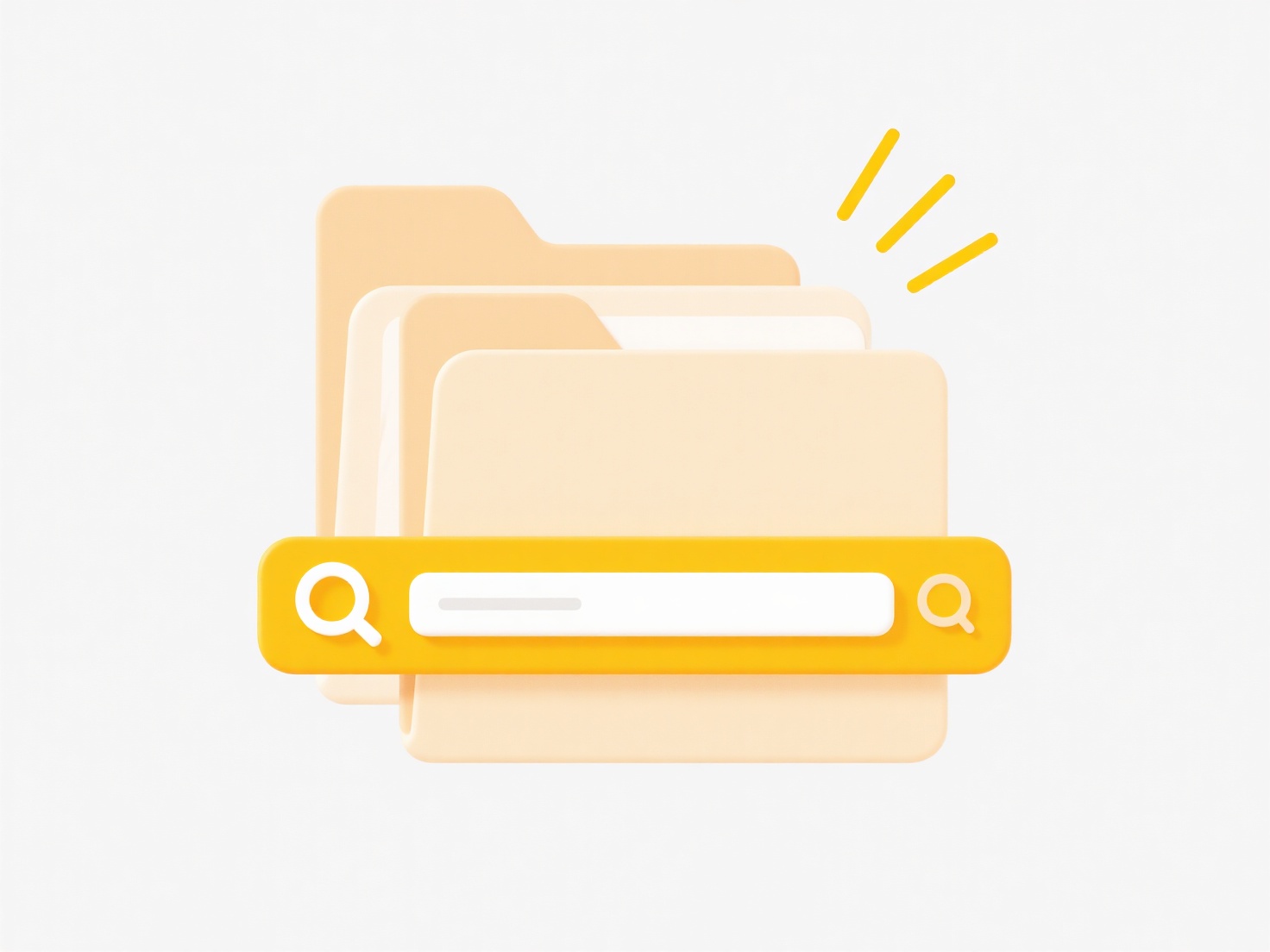
Accessing files stored in the cloud does not strictly require a dedicated cloud application. Instead, users can typically interact with their cloud-stored files through two primary methods: a web browser interface provided by the cloud storage service or a synchronized local folder created by the cloud service's desktop client application. A web browser allows access from any device with internet connectivity by logging into the service's website. Alternatively, a desktop sync client installs software on your computer (or mobile device app) that copies files between your local machine and the cloud storage, letting you work with files using familiar applications like File Explorer or Finder, even offline.
For practical access, you could open a web browser like Chrome or Edge, navigate to services such as Google Drive, Microsoft OneDrive (via Office.com), or Dropbox.com, and directly view, edit, or download files. Alternatively, installing services like Box Drive, iCloud Drive for Windows, or Dropbox Desktop creates a special folder on your computer. Files placed here automatically sync to the cloud, letting remote teams collaborate on documents using native apps like Word or Photoshop, all while the background syncing handles cloud updates.

The main advantages include accessibility from anywhere and device independence. However, browser access relies entirely on a strong internet connection for full functionality, while sync clients require installation and consume local disk space for synced files. Key limitations involve potential offline access restrictions in browsers and security risks when accessing sensitive files from public computers via a browser. Future developments continue improving offline browser capabilities and granular syncing options to mitigate these drawbacks.
Do I need a cloud app to access files in the cloud?
Accessing files stored in the cloud does not strictly require a dedicated cloud application. Instead, users can typically interact with their cloud-stored files through two primary methods: a web browser interface provided by the cloud storage service or a synchronized local folder created by the cloud service's desktop client application. A web browser allows access from any device with internet connectivity by logging into the service's website. Alternatively, a desktop sync client installs software on your computer (or mobile device app) that copies files between your local machine and the cloud storage, letting you work with files using familiar applications like File Explorer or Finder, even offline.
For practical access, you could open a web browser like Chrome or Edge, navigate to services such as Google Drive, Microsoft OneDrive (via Office.com), or Dropbox.com, and directly view, edit, or download files. Alternatively, installing services like Box Drive, iCloud Drive for Windows, or Dropbox Desktop creates a special folder on your computer. Files placed here automatically sync to the cloud, letting remote teams collaborate on documents using native apps like Word or Photoshop, all while the background syncing handles cloud updates.

The main advantages include accessibility from anywhere and device independence. However, browser access relies entirely on a strong internet connection for full functionality, while sync clients require installation and consume local disk space for synced files. Key limitations involve potential offline access restrictions in browsers and security risks when accessing sensitive files from public computers via a browser. Future developments continue improving offline browser capabilities and granular syncing options to mitigate these drawbacks.
Quick Article Links
Can I open system configuration files like .ini or .cfg?
Configuration files like .ini or .cfg are plain text files used to store settings and preferences for software applicati...
Can I share large files via cloud platforms?
Cloud file sharing involves using online services to store files remotely and providing links for others to access or do...
Can I control how a cloud platform handles duplicates?
Cloud platforms typically offer some control over how duplicates are handled, though the specifics depend on the service...